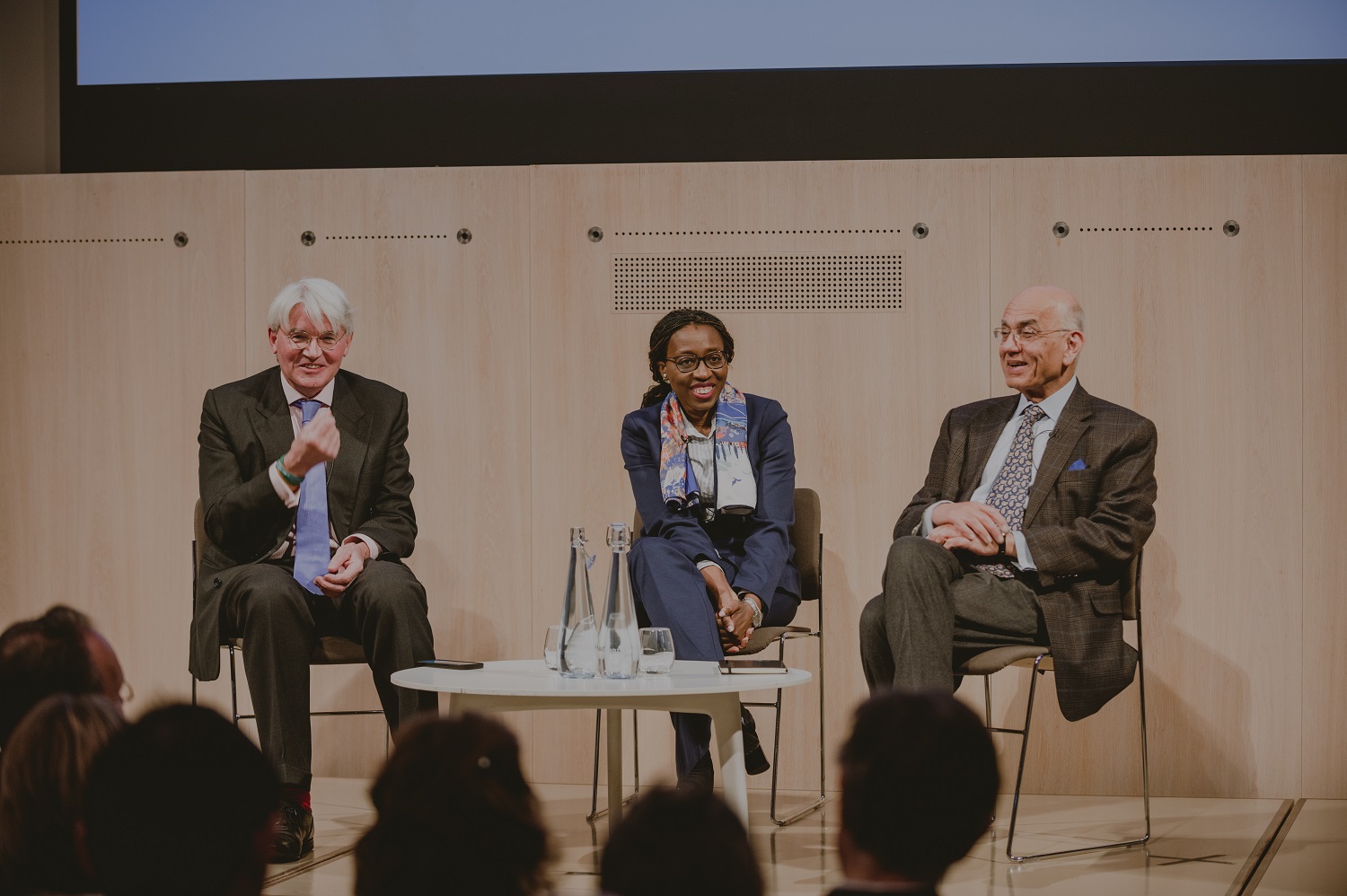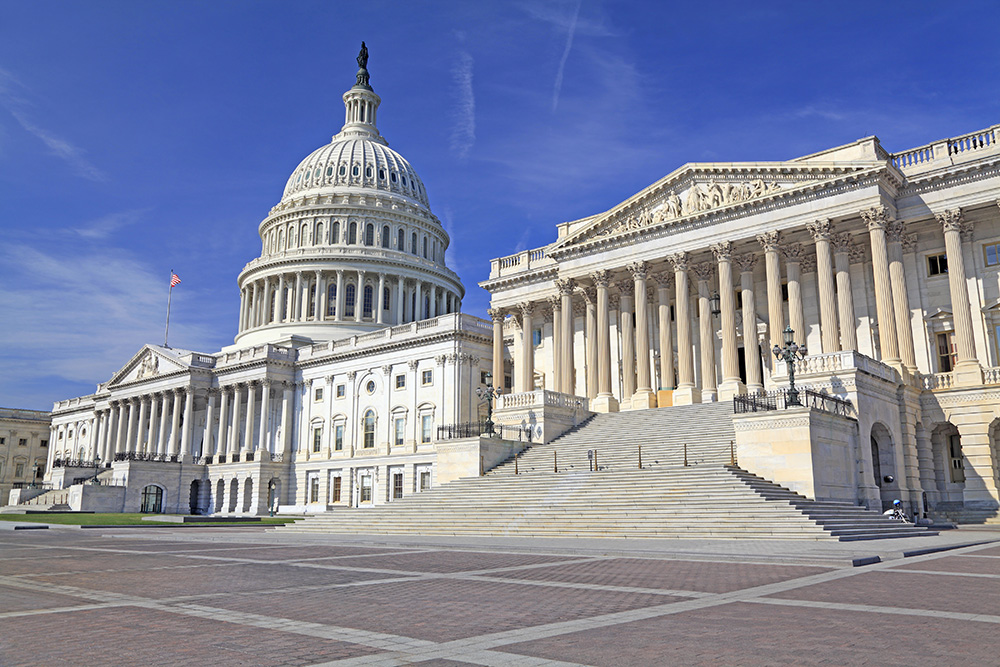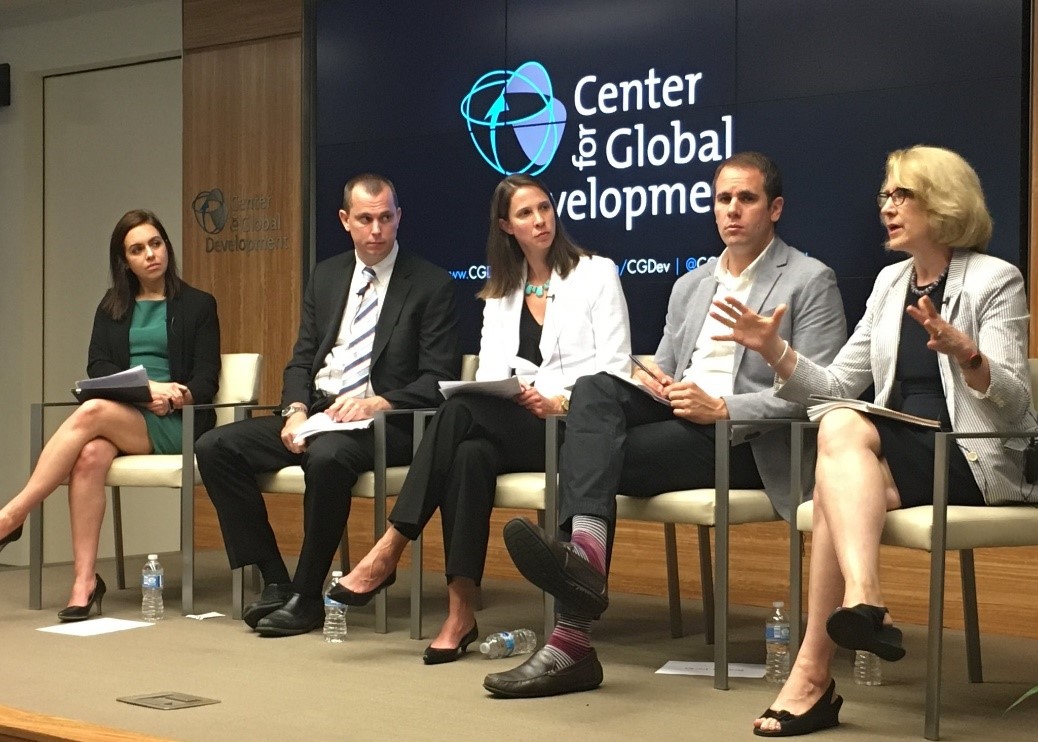After months of speculation, we are finally getting some clarity on the broad outlines—and internal debates—of development policy under the Trump administration. Last week featured four budget hearings with Secretary of State Rex Tillerson (Senate Foreign Relations Committee, Senate Appropriations Committee, House Foreign Affairs Committee, and the House Appropriations Committee), and an SFRC confirmation hearing for USAID administrator nominee Mark Green.
Here are five main takeaways from the hearings:
1. An Administration at odds with itself…
The bevy of hearings revealed an Administration struggling to get its message straight on foreign aid. In one camp are those who favor sharp budget cuts and a shift away from a values-driven foreign policy—OMB director Mick Mulvaney, senior strategist Steve Bannon, and (perhaps to a lesser extent) Tillerson. But another camp advocates robust continued support for US global engagement and promotion of US values—including UN Ambassador Nikki Haley, Green, and Ivanka Trump. One of the big questions surrounding the President’s draconian foreign aid budget was how aggressively and effectively the administration would defend it, given these internal divisions.
In his hearings, Tillerson tried to split the difference but ultimately offered no compelling strategic rationale for the proposed cuts. With his strategic review of the Department still underway, he struggled to articulate why his “cut first, strategize second” approach wasn’t putting the cart before the horse. He asserted that the United States could slash resources by a third but sustain its leadership in international development, global health, and disaster response—but this ran into widespread, bipartisan skepticism from legislators.
Mark Green’s nomination hearing was strikingly different, and put him squarely in the more traditionalist camp. Speaker Paul Ryan, a fellow Wisconsinite, opened the hearing by praising Green and calling USAID “a very important agency at a very important time.” Green expressed a foreign aid vision more in step with the bipartisan consensus of the past decade—and received glowing reviews from senators as a result. Congress seems to be signaling its support for Green and Haley’s more mainstream approach to foreign assistance—but Green and Haley could still face an uphill battle in persuading their colleagues in the administration.
2. …and with Congress
Of course, the administration does not set foreign aid policy on its own. And Congress, importantly, controls the purse strings. Congressional leaders have been signaling for months that they continue to see value in constructive US engagement. But the big question has been how aggressively members would stand up to oppose the President’s proposed aid cuts.
If these hearings are any indication, Trump’s proposed spending reductions face strong headwinds on the Hill. Key members of both appropriations and authorizing committees have repeatedly indicated they will disregard them: Senator Lindsey Graham (R-SC) called the President’s budget “reckless,” Senator Bob Corker (R-TN) opened his hearing by calling it a “total waste of time,” and Representative David Cicilline (D-RI) noted that virtually every serious foreign affairs expert has dismissed it. Tillerson’s counter-arguments fell flat, and the administration’s efforts to defend the broader request have fallen short as well. In one telling example of the administration’s weak budget outreach, Representative Kay Granger (R-TX) told Tillerson that had she called his office four weeks ago to offer help and never received a response. This outreach is unlikely to improve: the lack of senior political appointees at State and USAID means the administration has few officials in place to sell its budget behind the scenes.
However, this does not mean development advocates can declare victory and pack it in. There is clear Congressional opposition to the massive cuts proposed in the Trump budget. But individual accounts still face risks, and cuts of even 5-10 percent—though less politically toxic—could still be damaging.
3. Cuts to humanitarian assistance are a front and center concern
Trump’s FY2018 budget request proposes to cut foreign aid across the board, but the 38 percent cut to humanitarian assistance garnered some of the most vocal opposition from lawmakers. Given four potential famines and the ongoing mega-crisis in Syria, we’re glad to see attention to these cuts. Multiple lawmaker across committees and party lines, including Senator Graham, Representative Chris Smith (R-NJ), and Representative Karen Bass (D-CA), pressed Tillerson and Green on the cuts to humanitarian assistance. Green pledged USAID would not be walking away from its commitment to humanitarian assistance.
The crisis in Yemen got particular attention—not just as a budget priority but as a policy issue. Senators Todd Young (R-IN) and Chris Murphy (D-CT) pressed Tillerson on the importance of diplomatic engagement to support humanitarian access there. This is critical, as humanitarian assistance on its own will not be able to contain the crisis there—a big diplomatic push will be needed.
4. The Hill wants a say in the State Department-USAID reorganization efforts
Members of Congress pressed Tillerson about plans to reorganize US development and diplomacy functions amid rumors the administration may seek to merge USAID into the State Department. Tillerson mostly punted on these questions. Numerous lawmakers nonetheless indicated they expect congressional involvement in any substantial decisions. Senator Todd Young directed attention to a task force on reform and reorganization he is co-chairing with Senator Jeanne Shaheen (D-NH), and Representative Eliot Engel (R-NY) pointed out that a reorganization process would require statutory changes (i.e. Congress would need to be involved).
During Green’s hearing, Senator Bob Menendez (D-NJ) likewise noted the USAID-State rumors and pressed the nominee on whether the United States’ primary aid agency should remain independent. Green avoided answering the question directly, but noted that USAID and the State Department have distinct roles and cultures.
Here at CGD, we have explored how to judge a State Department-USAID reorganization plan and will be publishing further ideas of potential reforms. Stay tuned for more work on this front in the coming weeks. Speaking of which….
5. A real opportunity for foreign aid reform?
Interestingly—and unexpectedly—the stars may be aligning to enable one of the best opportunities for serious foreign aid reform in years. But it will depend on which camp within the administration ends up leading on the design of potential reforms. Mark Green emphasized the need for reform as one of the main pillars of his testimony, citing the United States’ evolving relationship with the rest of the world and the need to update the US development policy toolbox. But Tillerson’s vocal defense of aid cuts raises questions about whether the ongoing review process at State will simply lead to a predetermined outcome. And OMB’s credibility to lead good-faith reforms is also questionable, given the draconian vision it outlined in the President’s budget.
But if, once confirmed, Green can grasp the lead on aid reform within the administration, he will find a receptive audience in Congress. The leadership of the congressional authorizing committees—on both sides of the aisle—is fairly unified in support for constructive reform. Given his favorable standing on Capitol Hill and the Hill’s clear interest in the issue, Green may have a unique opportunity to build bipartisan support for a smart set of reforms. There a plenty of options, from development finance to a multilateral review. Here’s hoping he can seize the opportunity.
Disclaimer
CGD blog posts reflect the views of the authors, drawing on prior research and experience in their areas of expertise. CGD is a nonpartisan, independent organization and does not take institutional positions.





